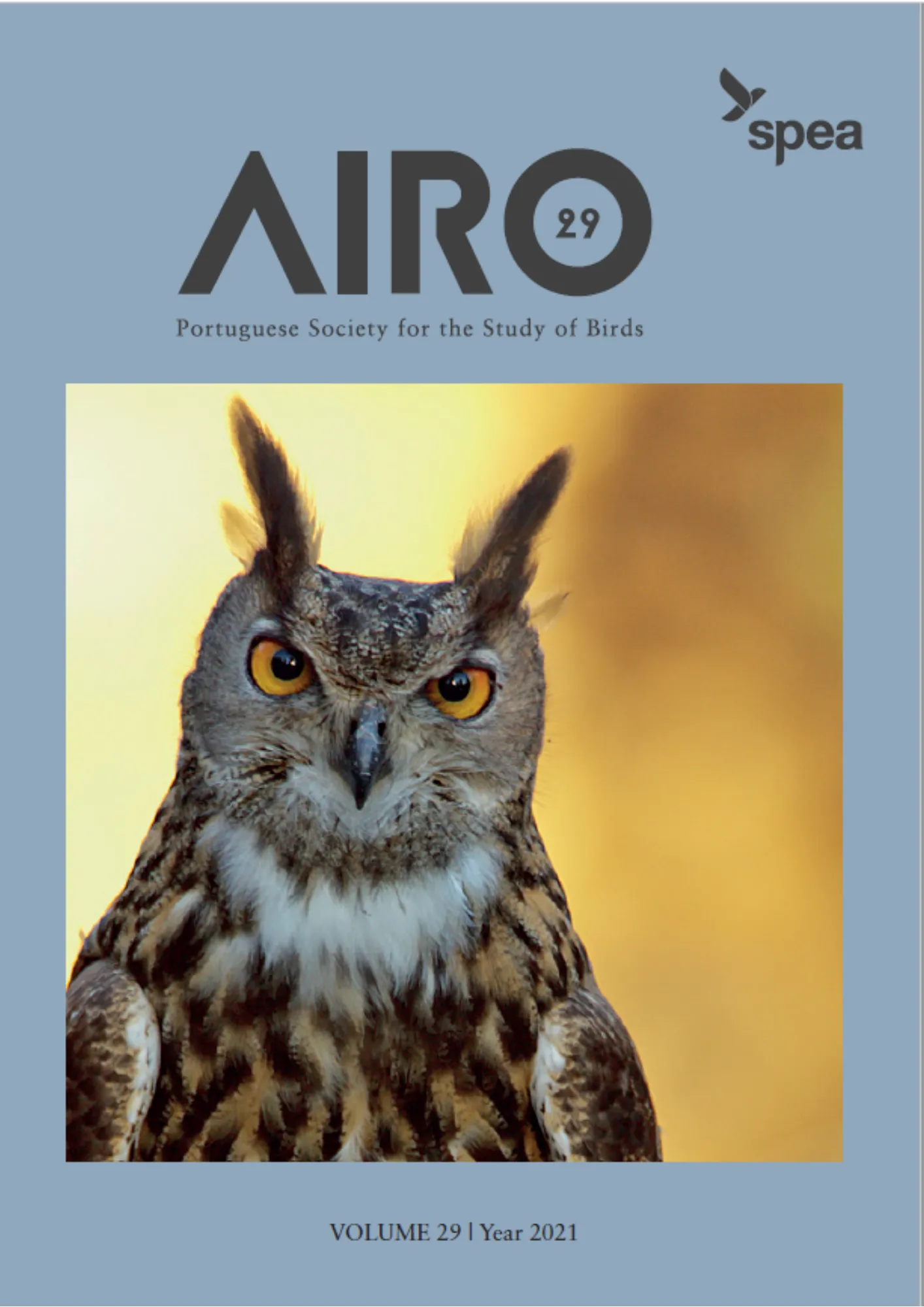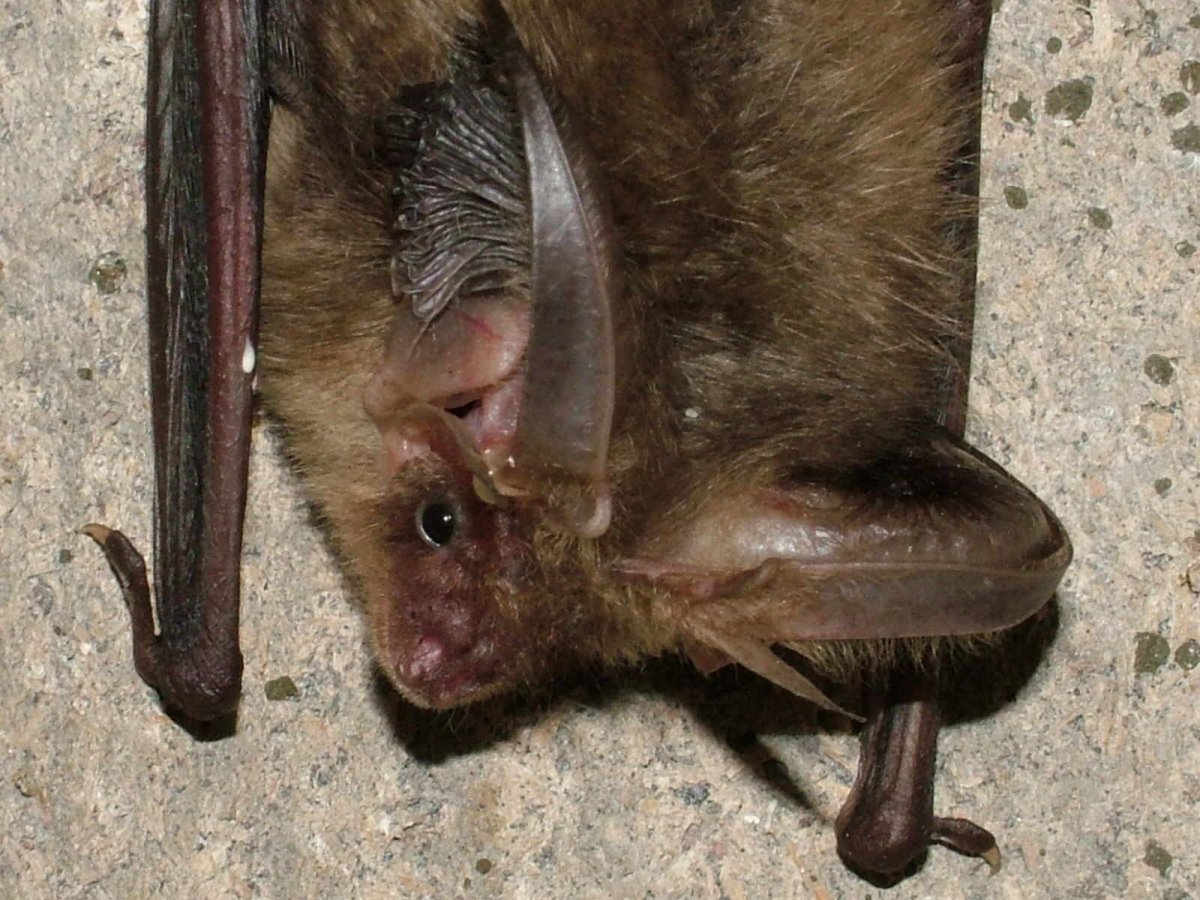BTO Research Reports are scientific papers that have been self-published by the BTO. The following is a full list of the published BTO research reports. Most are free to download, and links to Abstracts are included where possible.
Numbers missing from the list are those allocated but which were never produced or which have not been published. BTO recognises that, particularly in respect of commercially sensitive cases, a period of confidentiality is appropriate for some projects. However, in the interests of scientific development and dissemination of information, we encourage clients to permit publication as soon as it is reasonable to do so.
- If you wish to purchase a physical copy of a report please contact researchreports@bto.org.
- More information about our Annual Service reports to JNCC 1992-2005.
Assessment of recent Hen Harrier population trends in England through population modelling
This study uses a population modelling approach to explore the effects of changes in rates of productivity, survival, and settlement on population growth in the English population of Hen Harriers.

Search
Engaging schools with long-term monitoring of nature
Author: Pearce-Higgins, J.W.
Published: 2021
In a new paper for the School Science Review (SSR), a themed journal for science teachers, BTO’s Director of Science describes how schools can contribute to long-term biodiversity monitoring schemes, and the benefits to schools and students of them doing so.
30.06.21
Papers

Sensitivities to land use change by breeding Short-eared Owl (Asio flammeus) in Britain
Author: Border, J.A. & Calladine, J.
Published: 2021
Populations of Short-eared Owls are declining across many parts of their range, including here in Britain, where their breeding range contracted between 1990 and 2010. The relationships between a species’ breeding distribution and population trends with environmental variables can provide valuable information to conservation planners. By understanding these relationships it is possible to use Habitat Suitability Models to identify areas of habitat that are suitable for a species, which in turn can be useful when designating protected areas or nature reserves, or when highlighting areas where new planning developments would have an adverse effect.
30.06.21
Papers

Diversity of response and effect traits provides complementary information about avian community dynamics linked to ecological function
Author: Hordley, L.A., Gillings, S., Petchey, O.L., Tobias, J.A. & Oliver, T.H.
Published: 2021
Species vary widely in their ecological and functional traits. Ecosystems containing a wide variety of different traits usually function better and provide more ecosystem services to humans than more homogeneous ecosystems. However, the choice of traits selected to represent diversity within a community can affect our ability to understand ecosystem processes.
19.06.21
Papers

Designing effective survey and sampling protocols for passive acoustic monitoring as part of the national bat monitoring
Author: Newson, S.E., Boughey, K.L., Robinson, R.A & Gillings, S.
Published: 2021
The UK has one of the best developed bat monitoring programmes in the world, but despite this, six of 17 resident bat species in the UK are not currently monitored sufficiently to produce population trends. Large-scale deployment of passive acoustic methods using full spectrum bat detector technology offers a lot of potential for transforming routine monitoring of bat numbers, but it is essential that effective survey and sampling protocols are used if this potential is to be realised.
11.06.21
Reports

When speed matters: The importance of flight speed in an avian collision risk model
Author: Masden, E.A., Cook, A.S.C.P., McCluskie, A., Bouten, W., Burton, N.H.K. & Thaxter, C.B.
Published: 2021
04.06.21
Papers
